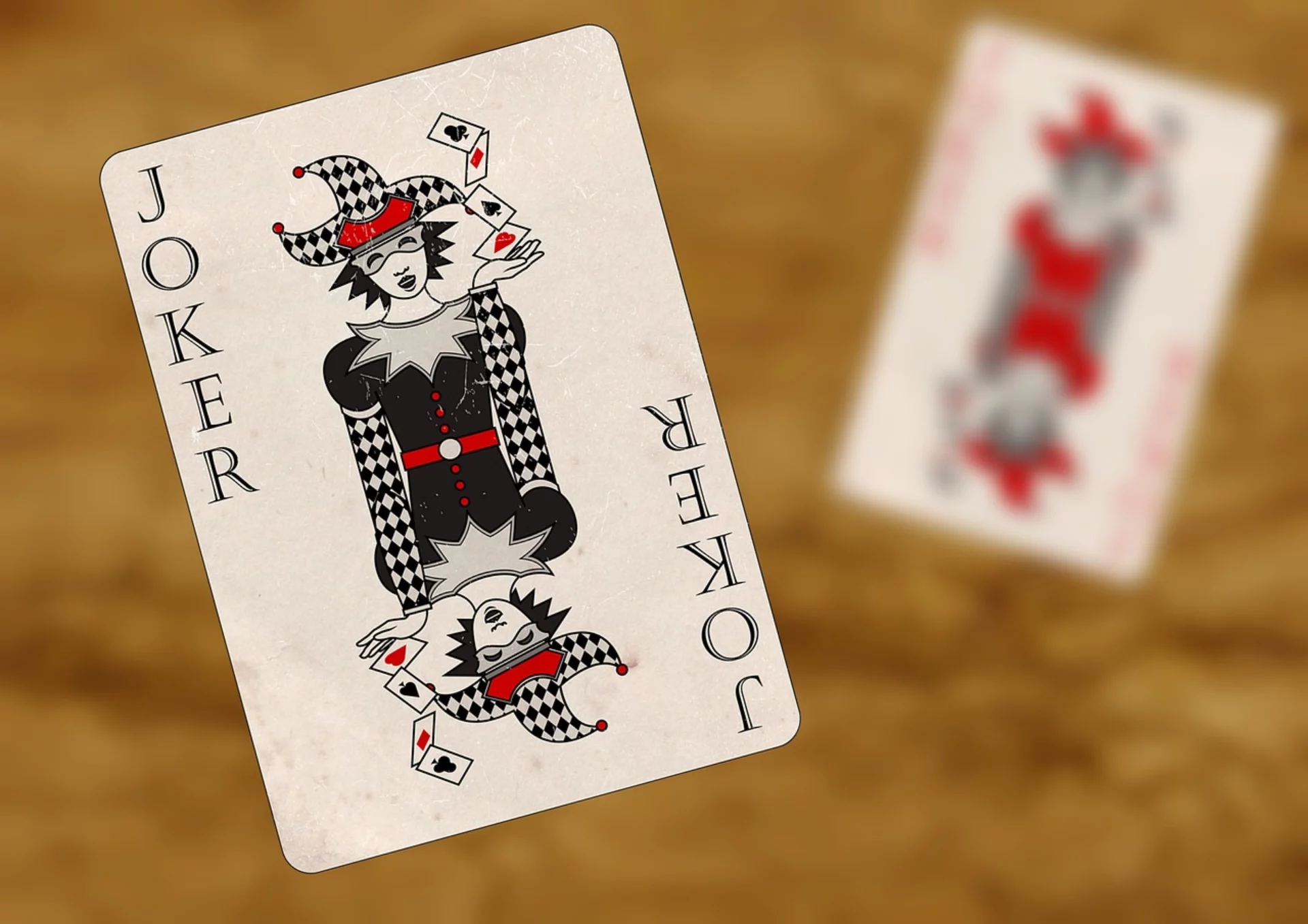The tobacco industry's tactics to block prevention measures
Below is an attempt to list the tactics used by the tobacco industry to block prevention measures and protect its interests at the expense of public health. These tactics are very old; however, the industry began to use them systematically in the 1950s, when it was scientifically established that their product caused lung cancer.

The industry's tactics to block preventive measures are well documented individually, and the scientific literature contains numerous articles describing their manifestations. The University of Bath in Great Britain has even dedicated a Wiki-style website to them, called TobaccoTactics.org.
The list below presents these tactics in a progressive form, with each step indicating the tactics used by tobacco companies when the previous steps did not yield the results they expected.
You can try to imagine where Switzerland stands today in the implementation of these steps, which can be used as a checklist for measuring progress in prevention in a country. Unfortunately, as we shall see, this test does not paint a very favorable picture of our country's prevention policy, whose lag in the fight against smoking reflects the strong influence of the tobacco industry on political decision-making in public health.
1. Denying the harmfulness of their product
1. By stating that consumer health is their primary concern and vowing that if the product were harmful, they would immediately cease production (this is essentially the content of the famous Frank Statement of 1954);
2. By paying unscrupulous researchers to publish studies that contradict the scientific consensus (see the Rylander case);
3. By launching disinformation campaigns targeting the public and political decision-makers;
4. By personally attacking the researchers who demonstrated the harmfulness of their product, accusing them of being wrong and incompetent (e.g. Hirayama case) or dominated by their emotions, of conspiring against the tobacco industry, of having ideological motivations, such as imposing a moral order, hygienism or any other form of extremism, or of having undeclared interests, in particular of working secretly for the pharmaceutical industry;
5. By artificially creating doubt and controversy about results that are the subject of scientific consensus (see « Doubt is their product »).
2. When they can no longer deny the harmfulness of the product: Minimize and/or relativize this harmfulness
1. By paying unscrupulous researchers to publish results that minimize the harmfulness of their product or relativize it (see the Rylander case again at Rylander case);
2. By launching misinformation campaigns that minimize or downplay the harmfulness of their product, in particular by claiming that the harmful effects observed in consumers of their product are mainly due to other causes, such as air pollution, poor eating habits, etc.;
3. By diverting attention to other problems that are supposedly much more serious than smoking (such as cigarette smuggling) and claiming that it is a waste of public funds to deal with an issue as low-priority as smoking.
3. When it is no longer possible to minimize or downplay the harmfulness of their product: Prevent the adoption of preventive measures
1. By denying the effectiveness of these measures, for example by paying unscrupulous researchers to produce studies demonstrating their ineffectiveness (see the University of Zurich case);
2. By highlighting the alleged effectiveness of self-regulatory measures adopted on a voluntary basis by the industry, backed by industry-funded studies that confirm this effectiveness;
3. By threatening massive job losses and relocation of their factories if these measures were adopted;
4. By distorting the measures to present them in an extreme and obviously intolerable form, which would constitute a serious violation of fundamental freedoms (strawman fallacy);
5, By claiming that these measures are merely the harbinger of a regulatory tsunami that threatens to destroy the entire economy of the country (slippery slope argument);
6. By delaying the adoption of the law as long as possible through all kinds of delaying tactics.
4. When it is no longer possible to prevent preventive measures from being adopted: Ensure that the measures adopted are ineffective
1. By lobbying legislators and government officials to adopt preemptive measures, i.e., laws whose stated purpose is prevention but whose content lacks any effective measures or is full of exceptions that render them meaningless, laws whose main unstated purpose is to protect the interests of the tobacco industry and whose existence is used as an excuse to prevent the future adoption of truly effective laws;
2. By making concessions on measures recognized as ineffective (prohibition of sales to persons under 18) in exchange for the removal of measures recognized as effective (general advertising ban, significant price increases, plain packaging, etc.).
5. When it is no longer possible to prevent the adoption of effective preventive legislation: Do everything possible to block its implementation
1. Appeal against the law before higher courts, invoking a violation of the fundamental rights of tobacco companies, incompatibility with higher law, or a procedural flaw in the law;
2. Lobbying the government intensively, even resorting to intimidation tactics against elected officials and civil servants, to prevent the implementing decree from ever seeing the light of day;
3. Use this same approach to obtain an implementing decree that is weak, inconsistent, and, if possible, unenforceable, and in any case far below the spirit and letter of the law, and full of exceptions that render it meaningless.
6. When it is no longer possible to prevent the adoption of a proper implementing decree that faithfully applies the law:
Prevent the measures contained in the decree from being applied.
1. By discrediting these measures as bureaucratic red tape and portraying the penalties for non-compliance as excessive;
2. By creating antagonism among part of the population or certain target groups toward the law and its implementing regulations, so that the law is poorly accepted—and therefore poorly respected—by the population or target group;
3. By facilitating circumvention of the law, in particular by supporting institutions that are very “understanding” of the interests of tobacco companies;
4. By ignoring the law and continuing with old practices, even though they have become illegal, some believe they will benefit from the impunity granted to them because they are “important to the economy.”
7. When it is no longer possible to prevent the law from being properly enforced: Release a new product that falls outside the scope of the law, claim that it is harmless, and return to paragraph 1 above.
The Swiss case
The situation in Switzerland is a typical example of the tactics described in sections 4.1 and 4.2 above. The Tobacco Products Act submitted by the Federal Council to parliament in November 2015 claims to protect young people. In reality, it gives tobacco companies complete freedom to target young people as they do today. These companies will be able to use the full range of new marketing methods – known as “below the line” (BTL) – which are much more effective than newspaper advertisements, the only form of advertising banned by the Tobacco Products Act (even though they are in decline and doomed to disappear in the long term, having been rendered obsolete by new methods). For a description of these methods, see the excellent study by the Observatoire des stratégies marketing pour les produits du tabac (Observatory of Marketing Strategies for Tobacco Products) of CIPRET-Vaud.
The Tobacco product act, in its current form, merely regulates tobacco advertising by protecting the interests of cigarette manufacturers. It does not meet the requirements of the WHO Framework Convention, which calls for a comprehensive ban on tobacco advertising, promotion, and sponsorship. This bill is a gift to the tobacco industry. Faced with this situation, the tactic adopted by Swiss cigarette manufacturers is simple and logical: pretend to vigorously oppose the Tobacco product act so that lawmakers can present it as a compromise and thus facilitate its adoption by parliament, which loves compromises.
In short, in its current form, the LPTab is typically a preemption law, i.e., a token law that purports to protect young people but in fact only protects the interests of the tobacco industry. This law is a perfect example of the tactics described in sections 4.1 and 4.2 when they are successful.
Other actualities
« Death Clock » : remembering those who have died from smoking

ʺFor adults onlyʺ: Young people targeted by the tobacco industry

Our dossier - Voluntary measures of the tobacco industry

Jacques Cornuz: “When the tobacco industry opposes preventive measures, it is a clear sign that they are effective.”

Prévention du tabagisme en Suisse : 60 ans de progrès graduels (1964-2024)

L’enfumage arc-en-ciel : l’industrie du tabac, faux allié des personnes LGBTIQ+

OxySuisse on M Le Média to discuss the topic of “Sponsorship and Philanthropy”

The tobacco industry's self-interested generosity in Switzerland
